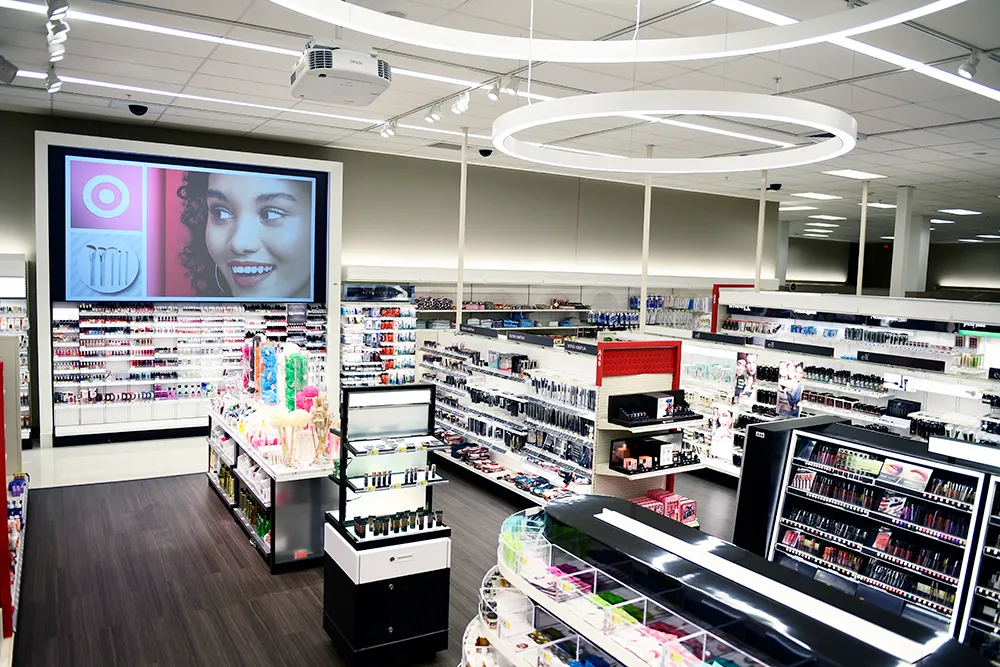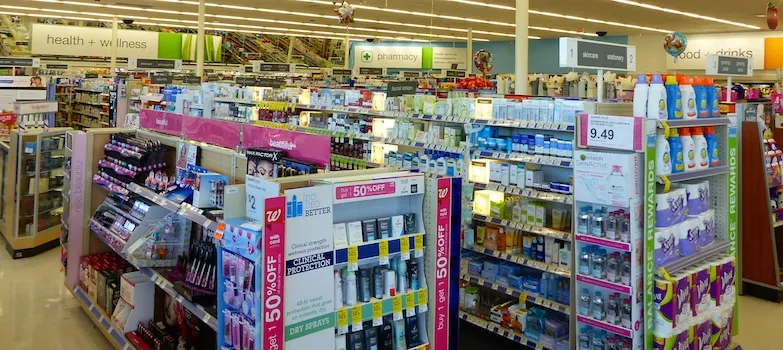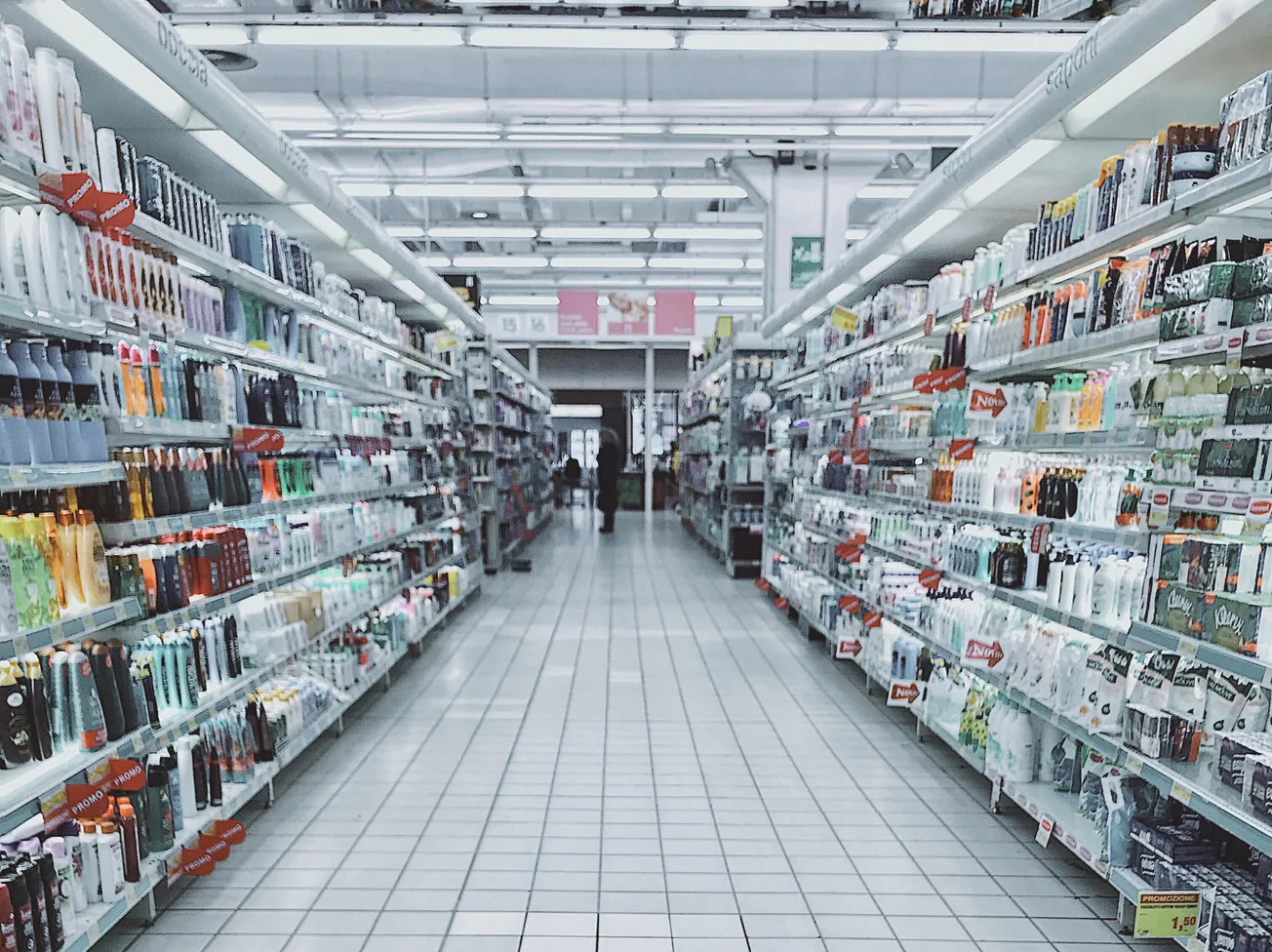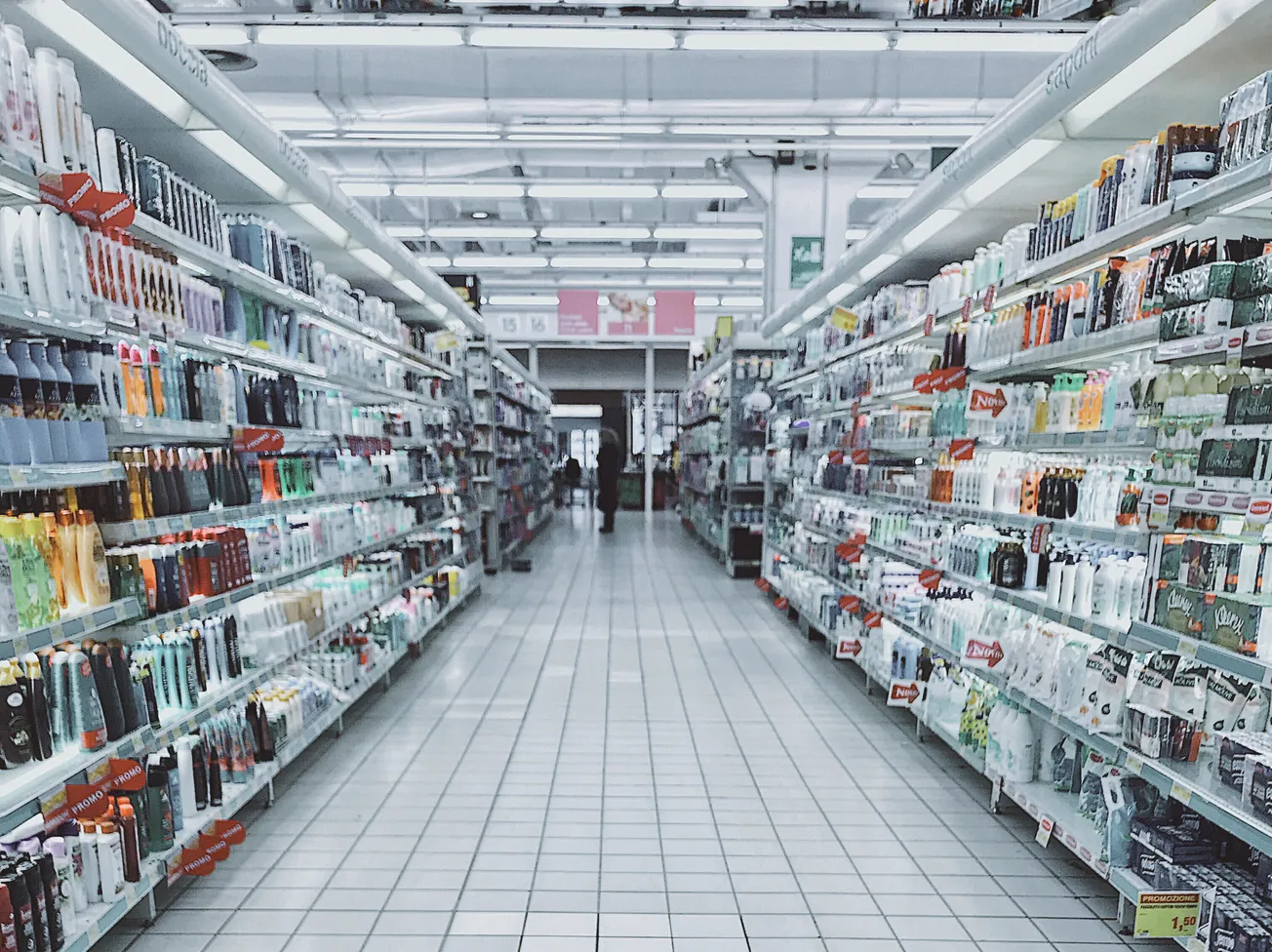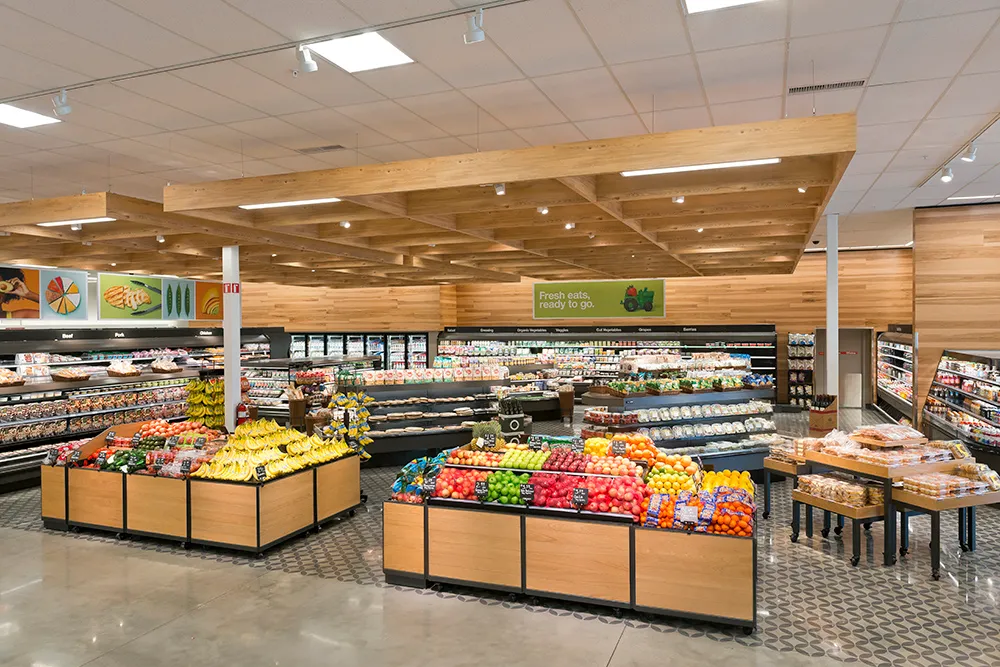Today’s beauty consumers aren’t like those of old. They don’t just want to be sold a “product.” Instead, they now expect brands to understand them intimately — and to use that knowledge to go beyond traditional manufacturing and deliver services and experiences (and, yes, products) that are entirely “right” for each moment in their lives.
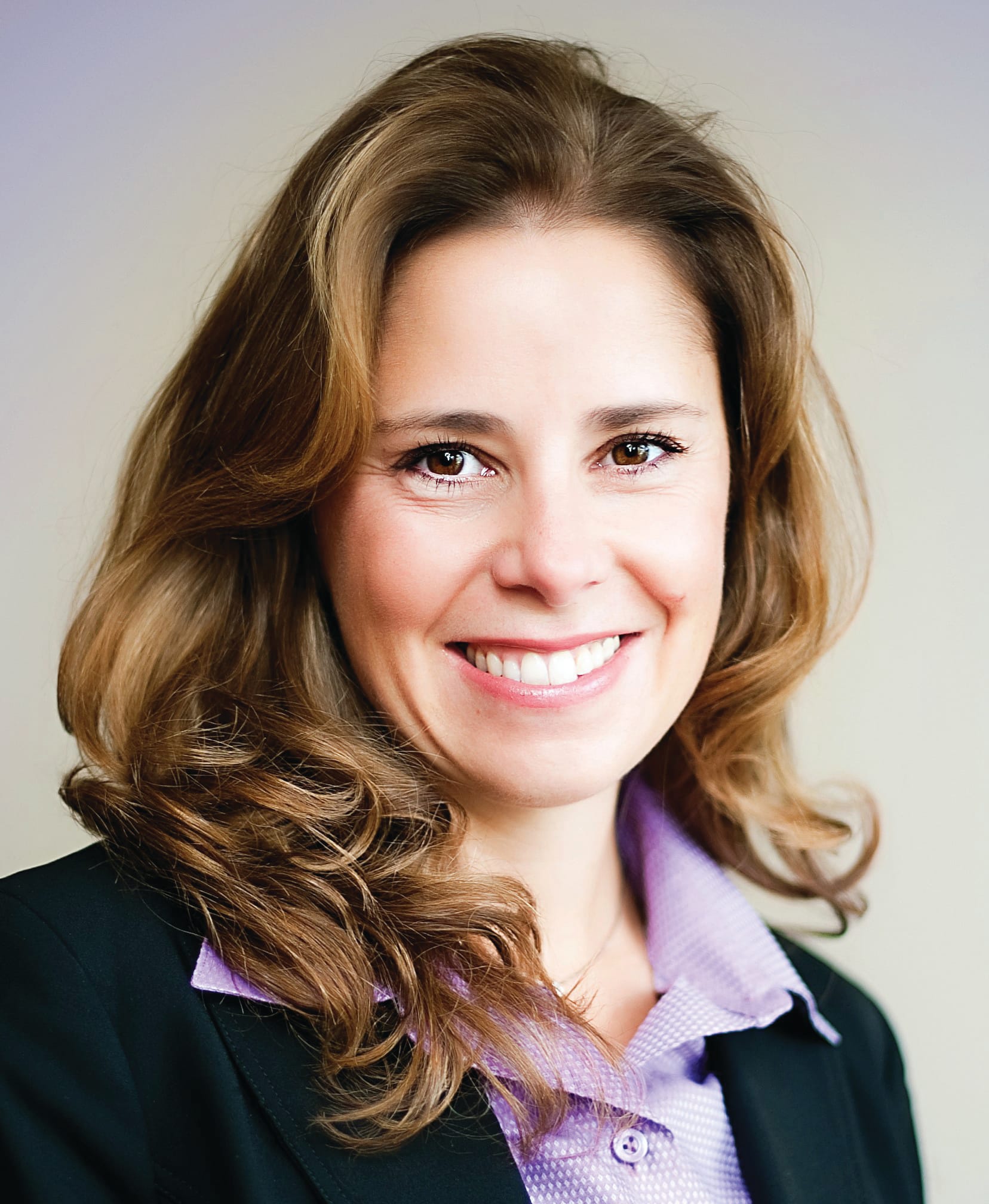
Laura Gurski
They’re also looking for brands with authentic purpose that stand for something more than just a commercial transaction. And they expect to be far more actively involved at all stages — creating, shaping and curating the products, services and experiences they themselves want to see.
Relevance at scale
Meeting these rapidly expanding consumer needs creates a new imperative for beauty brands: to be hyper-relevant for their customers at all times. That’s easily said, of course.
But achieving moment-by-moment relevance at scale takes incredible organizational agility. Just think about the logistics of delivering a product or service that’s wholly relevant to each individual at each point in time, across a marketplace of millions, and you get a sense of the size of the challenge.
But it’s a challenge that needs to be met head on. For every traditional brand that struggles to adapt, there are plenty of well-funded startups that will deliver relevance at scale. Just look at how some in the industry are forging ahead with new business models that meet new consumer needs for participation and personalization.
Tapping into the growing desire for active participation, Volition Beauty is bringing customers directly into the heart of product development. The company lets individual consumers submit new product ideas and see them developed into prototypes, with the most popular (as voted by the brand’s community of fans) made into real products for sale on the company’s website. What better way to ensure enduring relevance than to let customers guide which products actually get made?
Individually tailored beauty products and services is a consumer need that continues to grow and grow. L’Oréal/Lancôme has already shown what’s possible with its custom foundation service, allowing consumers to buy a unique shade based on a digital scan of their skin tone. With brands like Bite Lipstick (create your own lipstick shade in store) and Mink (3D-print your own makeup at home) innovating in similar ways, this is a really active and vibrant space right now.
Content, commerce, community
Successful beauty brands think about interaction in different ways. They look to create a joined-up “living” marketplace, offering consumers relevant products and experiences across an ever-expanding number of touchpoints.
Few are doing this better than Ipsy. The brand is reinventing the beauty experience, turning it into something much more than a transactional event, emphasizing accessibility, affordability and a sense of connection with other customers. Bringing together the three Cs — content, community and commerce — Ipsy offers a personalized monthly makeup and beauty sample subscription (the Glam Bag) as well as a suite of articles, videos and more on ipsy.com.
The ability to blend both physical and digital beauty experiences is also rich with possibility for beauty brands. Smart in-store mirrors or smartphone apps can now use augmented reality to quickly show customers a whole range of new looks (consider L’Oréal’s acquisition of Modiface for a sign of the growing importance of this kind of technology).
It works the other way around too, with tools like Rimmel’s Get the Look app enabling customers to take a picture of a look they like (on a real person, in a magazine picture, etc.) and get a list of the products that would help them recreate it. These clever “phygital” beauty experiences will soon become the norm.
Time for a beauty brand makeover?
What all these innovations have in common is that they’re looking to build experiences that are true to the brand but based on a rich understanding of what customers really want. Many incumbent brands, in contrast, are still too focused on the product as the endpoint.
So today’s beauty leaders, if they want to stay leaders tomorrow, need to fully embrace the digital and analytics capabilities that are powering the industry’s transformation. They should aim to become intelligent enterprises that maximize the value of their data to understand, anticipate and adapt to evolving consumer needs on a much more granular level.
Key to this will be looking beyond the four walls of the company to identify mutually beneficial partnerships with other brands and retailers, and developing a strategy for the big e-commerce giants.
Ultimately, though, there’s no single solution for achieving relevance at scale. Each brand needs to assess its footprint carefully and comprehensively, remembering what made it great in the first place, but adapting and industrializing it for a new era and a new generation of beauty consumers.
Laura Gurski is senior managing director of Accenture’s consumer goods and services practice, where she oversees the development and delivery of marketing, customer service, commerce and sales transformation services.

